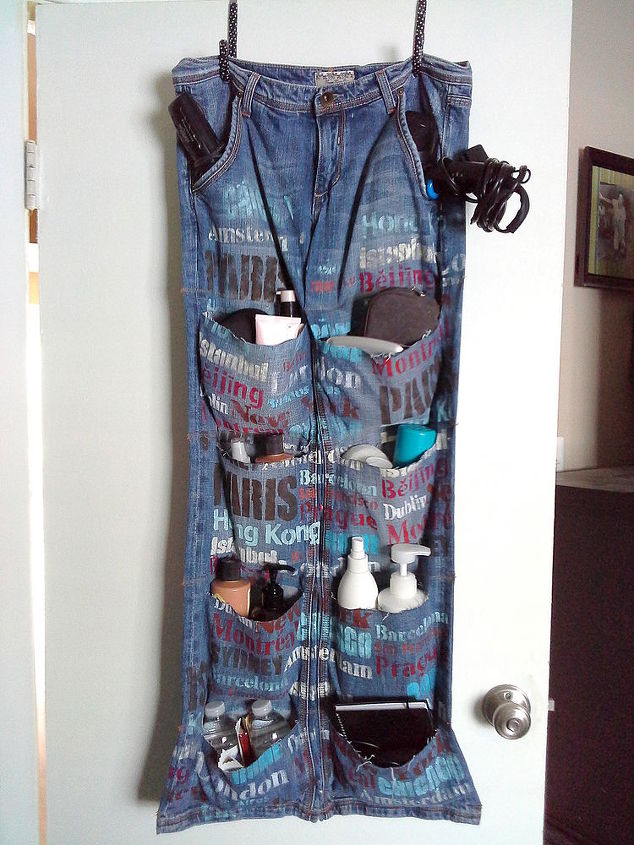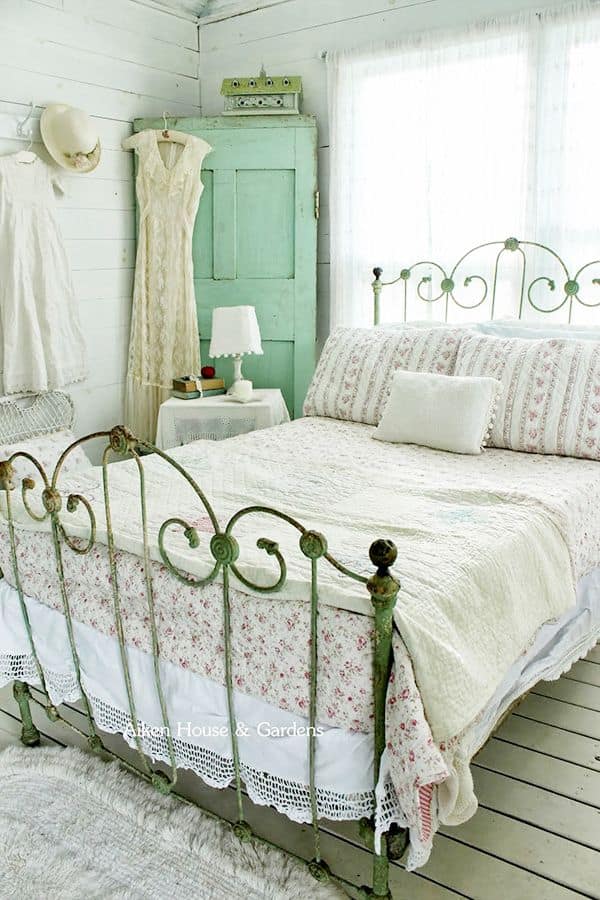Table of Content
Save water with IKEA products Water is a precious resource and in many places water scarcity is a problem. Fortunately, our taps and showers can let you do all the rinsing and cleaning you need, while cutting down on your water usage. The sad truth is that every third bite of food produced is lost or wasted.
And that’s not necessarily a bad thing; manufacturing new cars takes a lot of resources too. But if you’re in the market for a new car, look for a fuel-efficient model — you’ll save thousands on gas money and reduce your carbon footprint over the years. If you’re buying a new refrigerator, washer or dryer, look for the Energy Star label to find the most efficient appliances. Learn more about fuel economy standards and then compare the gas mileage for new cars. With more than 7.5 billion people in the world, and more every day, our demands for food, water, land and fossil fuels are pushing other species to extinction. We can achieve an ecologically sustainable population in ways that promote human rights; decrease poverty and overcrowding; raise our standard of living; and allow plants, animals and ecosystems to thrive.
Ways to Make Your Home Sustainable
Here are eight simple sustainable home improvements that can be made to any property to lower its energy consumption and reduce expenses. When it’s time, replace appliances to energy efficient models (look for the “energy star” label). Unfortunately, millions of trees are consumed each year to create toilet paper. This not only worsens our climate crisis, but also endangers wildlife habitats and indigenous communities worldwide. Partaking in a regular energy audit can help you save money in the long run, reduce unnecessary energy use, and improve the quality of your existing energy output.
Salvage and junk yards can be goldmines for cheap and easy-to-reuse materials that can be incredibly cheap to buy. Before you head to a big brand store to buy wood for countertops or flooring, look for reclaimed wood you can repurpose. Not only does this save you money, but it also saves the planet too. You can often find classic, old-school fixtures and fittings there too, including sinks and bathtubs.
Make sure your big purchases have big environmental benefits.
Cutting down on disposable, single-use plastic is a step towards a more sustainable home life and a step towards protecting our environment from harmful waste. Who Gives A Crap is a certified B Corporation that specializes in sustainable, biodegradable, septic-safe, non-toxic toilet paper that is tree-free and gives back. Who Gives A Crap donates half of its profits to non-profit organizations focused on building toilets and improving access to water and basic sanitation in developing countries. Each year, households discard 254 million tons of paper towels. Just like plastic, this unrecyclable paper chokes up landfills and creates needless waste.

While you’re at it, if you’re in the U.S., go ahead and make sure you’re on the “do not call” list, just to make life better. It’s good to remember where our food originates, and it doesn’t have to be huge or complicated. Sustainable materials, like Terrazzo or PaperStone, are not only visually appealing, but they also offer major benefits to our planet. One such option is the reusable trash bag from Zero Waste Market. This 13–16-gallon reusable bag is machine washable, leak-resistant, and mold-resistant, and eliminates the need for disposable, plastic trash bags. Unsurprisingly, the shower is a major source of water consumption at home.
SUPPORT RENEWABLE ENERGY
Fifteen years ago, it would have probably been hard to find a sustainable alternative to plastic trash bags. But today, there are several eco-friendly options available on the market. If you are not in the market for a low-flow showerhead, the Alliance for Water Efficiency has some shower water saving tips you can employ. First, they recommend paying attention to how much time you spend in the shower. Or, if you can’t part with your washer and dryer this year, consider washing clothes in cold water only. Only about 10% of the energy used to wash clothes comes from powering the washing machine, whereas the other 90% comes from heating the water used in the wash.

A professional home energy audit usually involves a thorough room-by-room examination as well as specialized energy assessment equipment, like infrared cameras or blower doors. One of the biggest benefits of a professional home energy assessment is that these assessors usually provide cost-efficient and sustainable solutions for all identifiable problems. A home energy audit, or a home energy assessment, evaluates how your home uses energy. Often, these audits will highlight how much energy your home is losing, with the goal of creating energy efficient solutions for those affected areas. Hether it's for global pandemic reasons or otherwise, we spend a lot of time at home.
This holiday season, we’re planting trees in areas around the world that have been severely affected by forest fires and aren't able to recover a healthy ecosystem on their own. The most common naturally-caused wildfires occur during droughts or dry weather, and under these circumstances, trees and other vegetation are converted to flammable fuel. Human-caused forest fires can be a result of various activities like unregulated slash and burn agriculture, equipment failure or engine sparks, and discarded cigarettes.

If you’re resolved to add an element of eco-friendliness into your home this year, you’re in luck. More plant-based food options Our goal is that by 2025, 50% of main meals offered in IKEA restaurants will be plant-based and 80% will be non-red meat.
Making these simple upgrades can have a huge impact on your home’s carbon footprint, energy bills, and overall sustainability. Combining all of these home improvements can help any home save money and the planet. The key to sustainability is reducing your energy consumption, which reduces your home’s carbon footprint. The biggest users of electricity in the home are our appliances, especially home appliances that are never turned off.
This simple home improvement can be completed in a day or two and makes a huge difference to the sustainability of your home, and your energy bills. You’ll be recycling perfectly usable items, you’ll be supporting your local economy, and you’ll be saving money. These materials last much longer than their non-sustainable equivalents and are crafted from recycled materials, which translates to less of our planet’s natural resources being consumed. If you are taking a hot shower, the Alliance recommends collecting the normally discarded cold water in a bucket for watering plants or some other use around the house.
It’s also important to keep your car in shape with regular tune-ups and tire inflations. When you are making any kind of home improvement, you should consider using reclaimed or recycled materials. Alternatively, your renovations could be completed using ecologically friendly products. Though this may require a little extra financial investment, the products often wear better and last for longer which makes them a more sensible option long-term. If you reuse found or free materials, you can save a huge amount of money on home renovations. And these eco-friendlier bulbs can also last up to 35 times longer than traditional bulbs, meaning you’ll end up with more money in your pocket while still reducing your home’s energy consumption.
When choosing new appliances always look for their energy-efficiency rating. Though lower-rated products may be a little cheaper, they will cost you more in the long run. This home improvement is a big investment, but it can make a tremendous difference. Generating your own electricity on-site makes huge savings on your electricity bill, and you can even sell any excess energy you produce to energy suppliers. In the right conditions, this home improvement can make you money not just save you money.
With a little elbow grease, you’ll be able to tackle everything from your stinky garbage disposal to your mildew-y shower and grease-splattered cook top — all without any exposure to toxic chemicals. Allow you to turn your heating on and off and adjust the temperature from your smartphone. If you leave your home and you have left your heating system running, you can turn it off without turning around. You can also turn your heating on when you are on your way back, so your home is warm when you arrive. Support local restaurants that use food derived less than 100 miles away, and learn more about the benefits of eating locally. Put a stop to unsolicited mail—sign up to opt out of pre-screened credit card offers.

No comments:
Post a Comment